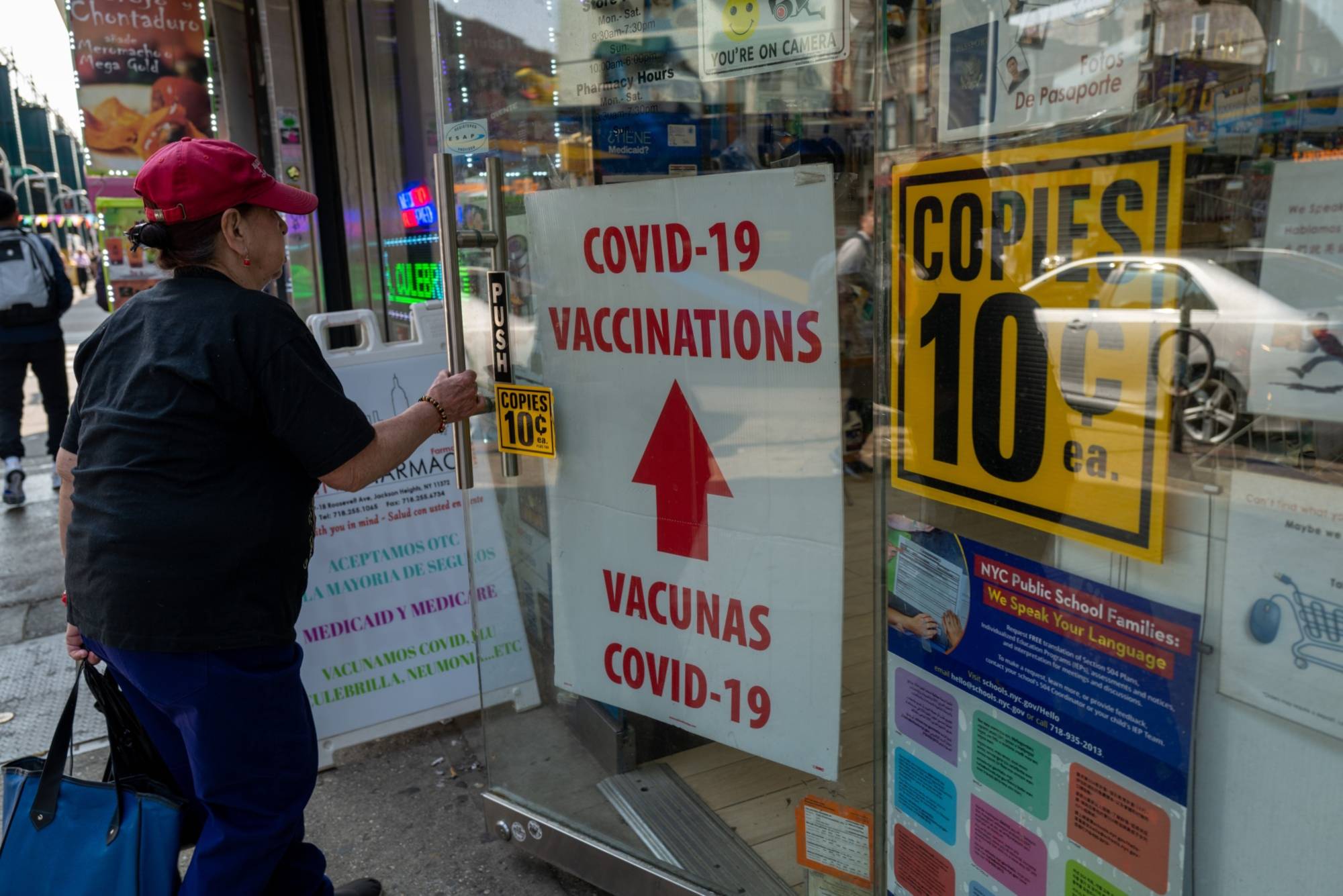After more than three years, the global COVID-19 emergency is officially over. Yet it’s still killing at least one person every four minutes and questions on how to deal with the virus remain unanswered, putting vulnerable people and undervaccinated countries at risk.
A key question is how to handle a virus that’s become less threatening to most but remains wildly dangerous to a slice of the population. That slice is much bigger than many realize: COVID-19 is still a leading killer, the third-biggest in the U.S. last year behind heart disease and cancer. Unlike with other common causes of death such as smoking and traffic accidents that led to safety laws, though, politicians aren’t pushing for ways to reduce the harm, such as mandated vaccinations or masking in closed spaces.
"The general desire in the world is to move beyond the pandemic and put COVID behind us, but we can’t put our heads in the sand,” said Ziyad Al-Aly, director of the Clinical Epidemiology Center at the Veterans Affairs St. Louis Health Care System in Missouri. "COVID still infects and kills a lot of people. We have the means to reduce that burden.”


















With your current subscription plan you can comment on stories. However, before writing your first comment, please create a display name in the Profile section of your subscriber account page.